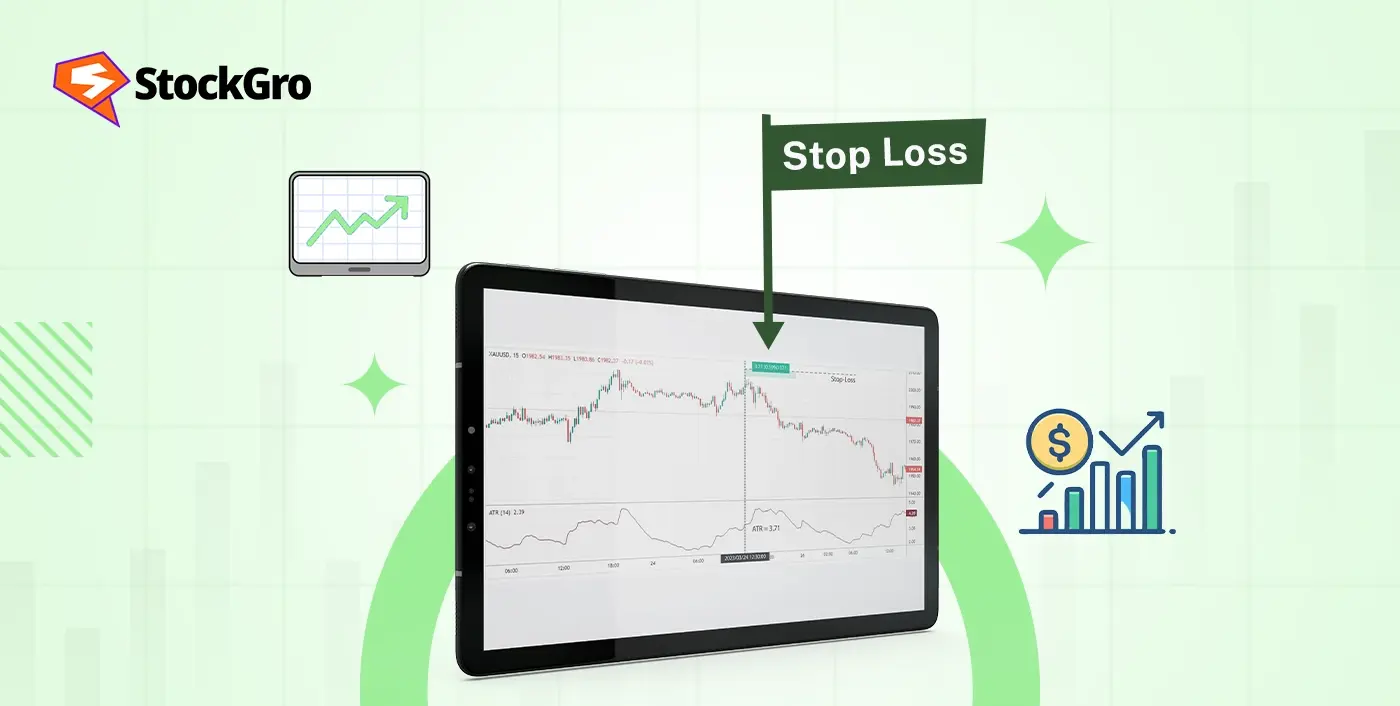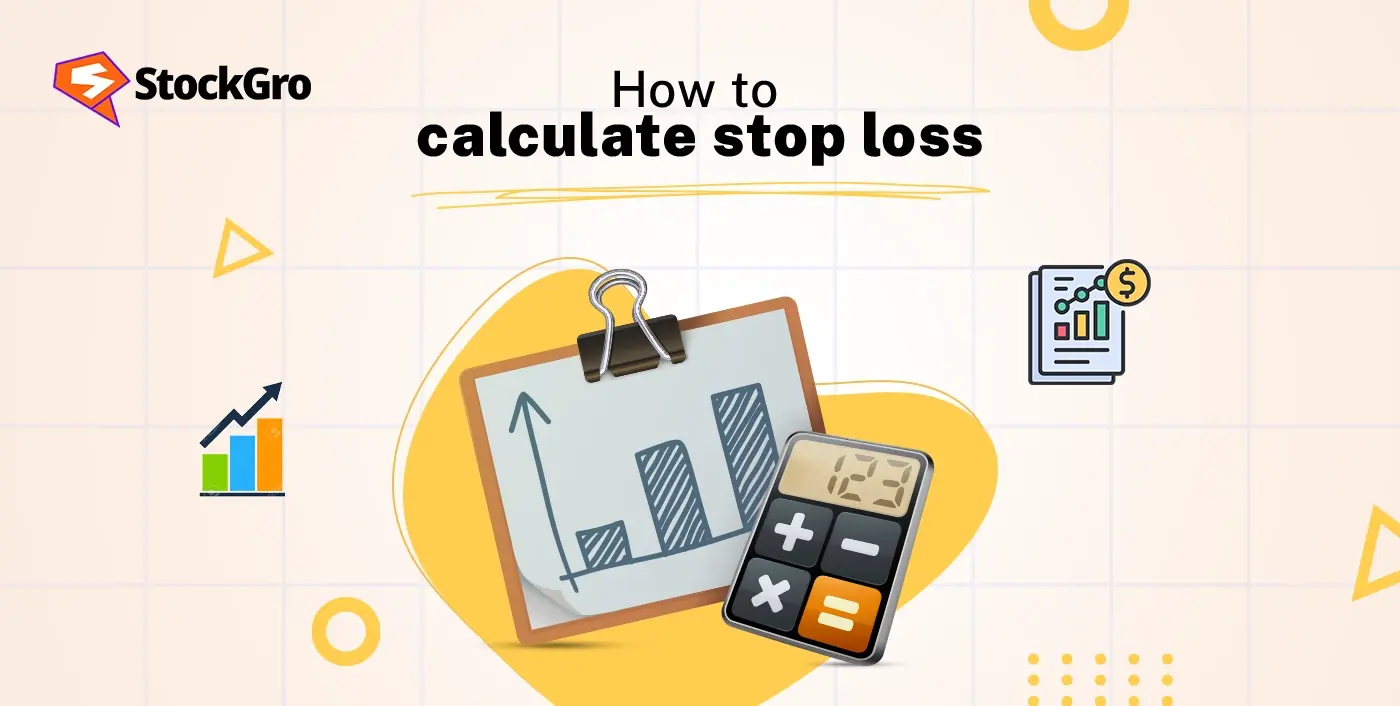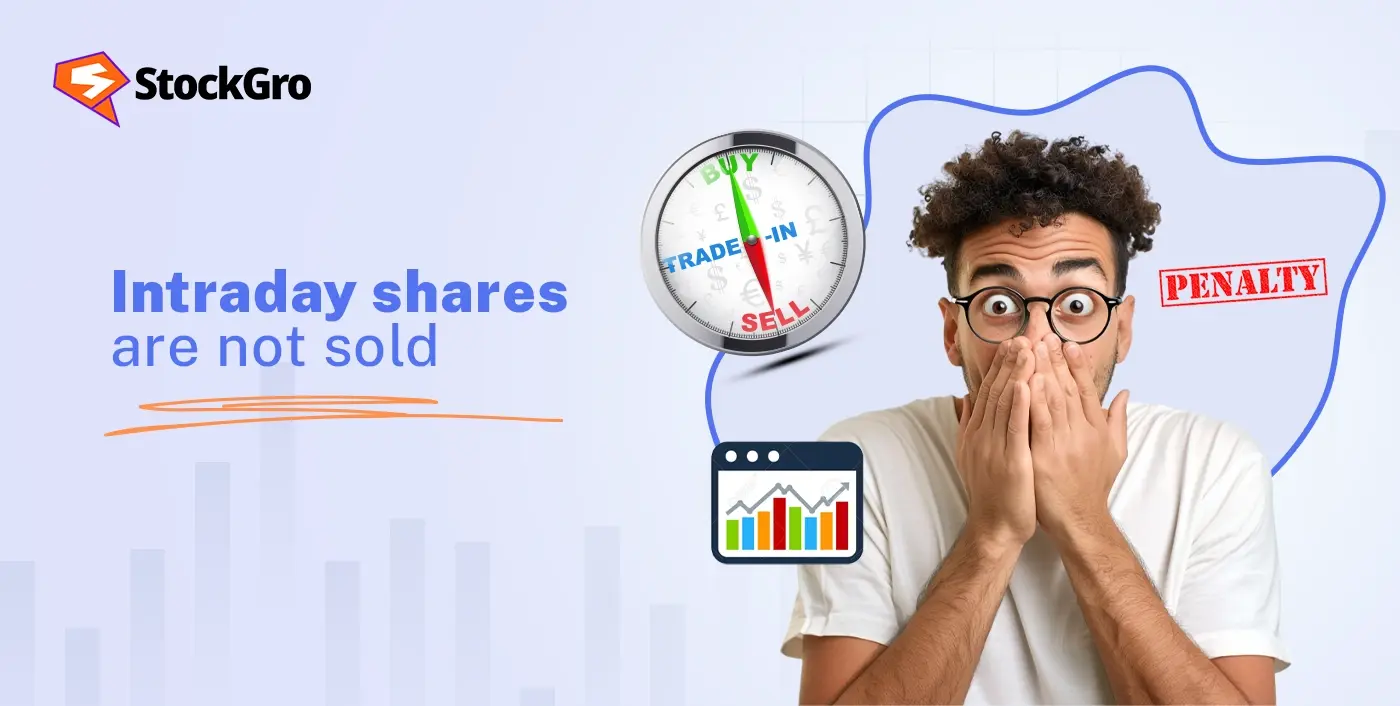
You might have checked your indicators and marked your entry in all trades. Also, some smart traders place their stop loss below support or beyond a key level. But what if the price moves, hits the stop loss, and makes you exit the trade? Many traders face this scenario. So, how to avoid it? Check out how to outsmart the stop loss hunting strategy here.
What is stop loss hunting?
Stop loss hunting strategy is used by hedge funds, banks, or institutions to push prices down just far enough to hit the stop losses placed by smaller traders. These stops are set below support or above resistance. If triggered, it forces traders to exit their trades.
How does stop loss hunting work?
- Big traders watch where retail traders commonly place stop-loss orders. These zones are under support levels, above resistance, or near round numbers like ₹240 of Marksans Pharma stock (7 July 2025).
- If they map these clusters, big players use a heavy batch of sell orders. Retail traders think a breakdown is happening, but that move is made to hit the stop loss.
- The moment the price hits that zone, all those stop-loss orders become market orders. That creates a sudden flood of buy or sell activity because stops are wiped out.
Who performs stop loss hunting?
Stop loss hunting is done by institutional investors, hedge funds, big banks, market makers, and large operators. These players don’t chase trades like retail traders. Instead, they look for areas where retail traders have unknowingly gathered their stop-loss orders.
Why do big players use stop loss hunting?
- Big traders push prices toward popular stop-loss levels like ₹15,700 of Dixon Technologies stock as of 18 July 2025. These zones are crowded with retail stop orders.
- Retail traders place stops too obviously. Institutions read these levels, strike them, and use it to get more profits.
- Moving the market near stops reduces slippage and draws in the opposite side of the trade.
Common stop loss hunting techniques
1. Target popular price zones
Big institutions often target well-known support and resistance levels, round numbers, or areas where many retail traders set stop-loss orders.
2. Read the order book
They scan market depth and volume spikes to spot where stop losses are placed more often. A sudden spike in volume at a specific level is a clear hint that many stop losses are there.
3. Timed and heavy orders
If they spot a lot of stop-loss, they place large trades. This sudden move forces the price to break through the targeted levels and cause a quick spike or drop.
How to identify stop loss hunting in the market
- When the market suddenly dives or spikes to a support or resistance level, it means a stop hunting strategy has been started.
- If you see a sudden burst of volume right around a widely watched level, it’s possible a bunch of stop losses just got taken out.
- The quick breakout failure and price moving back with strength,
How to avoid stop loss hunting
- Avoid placing your stop loss right below a support level or right above a resistance line.
- Use the Average True Range (ATR) or look at swing lows and highs.
- Spread your stop levels if you’re scaling into a position.
- Avoid entering trades right before a major economic release or during quiet hours.
Best stop loss placement to avoid stop loss hunters
- Look for where the price paused multiple times before or where higher volume shows buyer activity.
- If the ATR is 40 points, place your stop 10 or 20 points beyond.
- Traders actively managing the trade should use alerts to make better exit strategies.
Stop loss hunting strategy vs regular stop loss strategy
| Aspect | Stop Loss Hunting Strategy | Regular Stop Loss Strategy |
| Objective | To trigger mass stop orders for entry liquidity | To protect from excessive losses |
| Stop Placement | Right at popular price zones | Based on personal risk and price behavior |
| Tools Used | Order book, volume sweeps, liquidity maps | ATR, trendlines, support/resistance zones |
Example of stop loss hunting in stocks or forex
The USD/JPY is trading at 91.50. Many retail traders put their stop losses just below 90.00. Now imagine a large player decides to push the price below 90.00 and trigger their stop losses. There will be a cascade of sell orders to push the price lower.
In stocks, if Company X is trading at ₹500 and you set your stop at ₹495, you might get affected by stop loss hunting strategy. When a large order pushes the price below ₹495, it can cause a wave of stop-loss hits.
Is stop loss hunting legal?
Stop loss hunting is legal as long as there’s no fraud, insider info, or market manipulation in terms of fake orders.
Impact of stop loss hunting on retail traders
- Triggers early exits from good trades
- Causes emotional stress and confusion
- Leads to repeated small losses
- Often misses big price moves afterwards
Tips to outsmart stop loss hunters
- Use ATR (Average True Range) to calculate stock movement.
- Rather than placing a full-size position with a single stop-loss, split it into two or three smaller ones.
- Wait a bit after the support or resistance level gets broken.
Related risk management concepts
1. Stop loss order types
A stop loss order protects your trade by exiting at a set price. Choose between market, limit, or trailing types based on your strategy and how fast the market moves.
2. Trailing stop loss
This is a stop loss that follows the price as it moves in your favour. For example, if your stock moves up ₹10, your stop can move up ₹5.
3. Take profit orders
It is the price at which you want to close the trade with profit. You can set this in advance so you don’t have to watch the screen all day.
Conclusion
Don’t stick your stops at obvious price levels to avoid falling into a stop loss hunting strategy. Look for sudden spikes, use ATR or swing highs and lows, and spread your stops wisely.
FAQs
Stop loss hunting happens when the price briefly moves to levels where many traders have placed stop losses. These quick moves often trigger exits, shaking traders out before the price returns.
In rare cases, dishonest brokers might manipulate prices to trigger stop losses. But most regulated brokers don’t do this. More often, price moves are driven by larger market players or regular volatility hitting predictable stop levels.
Avoid placing your stop losses right at common support or resistance levels. Use tools like Average True Range (ATR) to set stops beyond swing highs or lows.
If a broker or insider purposely drives prices to trigger orders, that’s manipulation. But if big traders push prices into areas with many stops during normal trading, it’s not illegal.
Stop loss hunting is not always illegal. If market forces cause it, it’s allowed. But it can be illegal if brokers push prices to take out stops unfairly.

